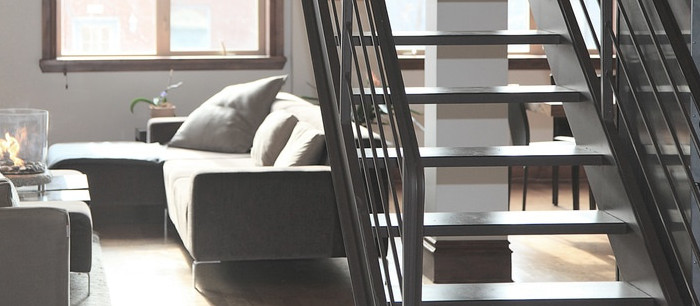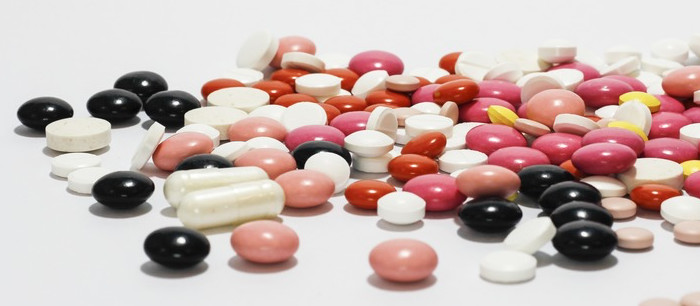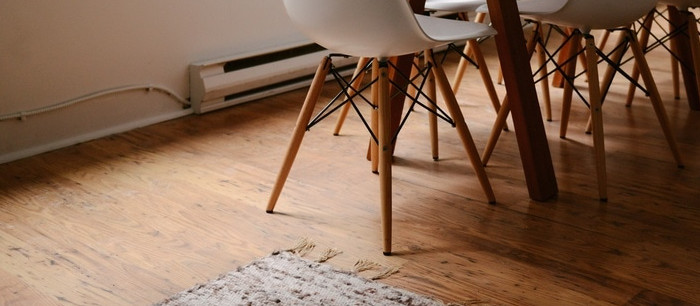Our homes should be a refuge from the dangers of the world but in reality, the privacy and comfort of home can give us a false sense of security. More accidents happen at home than anywhere else but – as the CDC stresses – everything from injuries caused by falls to accidental poisonings and even most drowning incidents could have been prevented.
The very first step to avoiding accidents in the home is not home alarm monitoring or a new fence but rather understanding where the danger lies. That’s because preventative and observation-based strategies only work once you are aware of what can go wrong in your home. And as it turns out, there’s plenty to be aware of!
The five most dangerous – and potentially deadly – things in your home may surprise you because they are not only common but also commonly considered safe. They are:
1. Stairs

Over a million people (mostly children and the elderly) visit emergency rooms each year after injuries sustained by falling on stairs. The most frequently sustained injuries are fractures and other bone injuries along with head injuries. But making stairs safer is relatively simple.
- Add under-tread and handrail lighting to illuminate steps at night, when many falls occur.
- Replace tread pads with no-slip mats that are heavy enough not to require adhesive.
- Install handrails – in narrow spots, pig’s ear-style rails add safety without taking up space.
- Keep stairways clear of clutter that can become a trip and fall hazard.
2. Bathtubs

When you’re looking at injuries and death in children, bathtubs are absolutely the most dangerous thing inside your home. Drowning is the leading cause of accidental death in children up to age four and bathtubs are second only to pools when it comes to water accidents. But prevention is easy!
- Never, ever, ever leave a young child alone in the bath or under the supervision of another child.
- Remember that a shallow bath is no safer than a deep one – kids can drown in just a couple of inches of water.
- Test the water, every time, to prevent scald burn injuries.
3. Pools

According to the CPSC, 300 children under five drown each year in backyard swimming pools. It’s a tough statistic to reconcile with your enjoyment of your pool but one that bears repeating since drowning incidents are largely preventable with just a few safeguards.
- Never, ever, ever leave a young child alone in a yard with a pool.
- Block unintended access to the pool with a locking fence, a high quality cover, and a pool alarm.
- Always swim with your child and have non-swimmers wear flotation devices.
- If a child goes missing, always check the pool first even if it’s unlikely they would have gone in or even been near the pool.
4. Prescription Pills

Did you know that roughly 80% of the 40,000 drug overdose deaths in America each year could have been prevented? More than half of those deaths involved pharmaceutical medications – mostly prescription painkillers. Even if you believe your children would never accidentally or intentionally ingest a medication meant for someone else, it just makes sense to take precautions.
- Talk to teens about drug abuse and make sure they understand that prescription abuse is still abuse.
- Dispose of unused prescription medication immediately.
- Keep track of how many pills and how many refills you have left of all the medications you’re taking and make sure grandparents are doing the same.
- Secure the most abused prescription painkillers in a locked cabinet only you can access.
5. The Floor

Surprised? It’s estimated that direct medical costs for falls total more than $30 billion annually and 20% of accidental deaths among the elderly can be traced back to a fall. While you can’t remove floors to remove the risk of trip and fall injuries, you can make floors safer to traverse.
- Secure throw rugs with adhesive rug tape or replace them with wall to wall carpeting.
- Repair warped and weathered boards in hardwood floors and loose carpeting as soon as possible.
- Avoid installing flooring that builds on top of old flooring and causes differences in the height of floors between rooms.
- Always clean up spilled liquids, grease, or food immediately.
- Move coffee tables, magazine racks, plant stands, and other obstructions from areas of high-traffic.
A little vigilance and forethought can go a long way toward making your home safer for everyone in it. In most cases, there’s no cost involved in removing potential dangers so why not make safety part of your spring cleaning plans?



